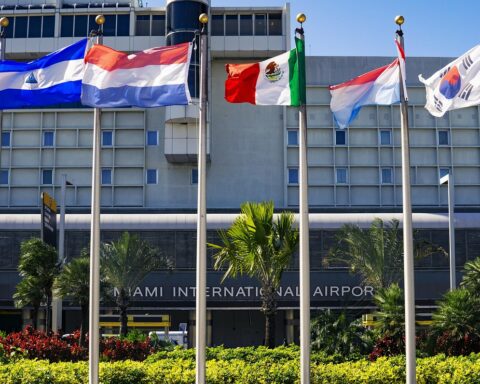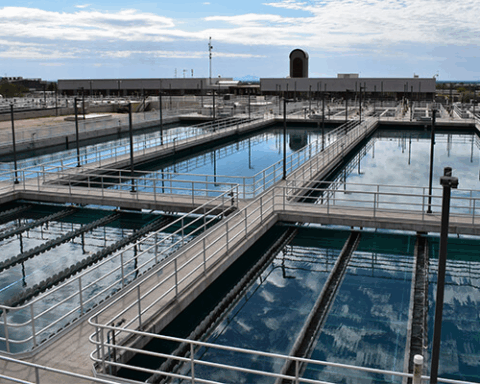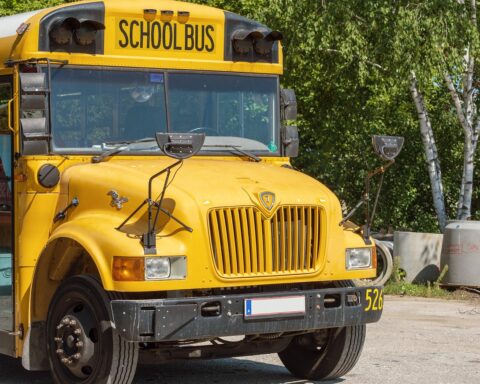The U.S. Department of Transportation is awarding $60 million to projects in Arizona, Texas and Utah to develop and implement technology that will improve road safety. The grants are part of vehicles-to-everything, or V2X, a program that aims to reduce roadway accidents and fatalities by investing in technological solutions.
V2X is a communication system that allows vehicles to ‘talk’ to each other and gather information from sources near the road. Not only can vehicles gather and share information with other vehicles, but they can also receive data from the smartphones of nearby cyclists and pedestrians. Vehicles equipped with V2X technology will warn drivers of potential hazards on the road long before the drivers can see the hazards directly. To enhance the data network, sensors and cameras can be places on road signs, lights and other infrastructure along vehicles’ paths.
“As this Department explores every measure that can help reduce roadway fatalities, connected vehicle technology—like V2X—has potential to make roads safer and save lives,” U.S. Secretary of Transportation Pete Buttigieg said in a press release. Buttigieg further explained that the $60 million is a crucial step in turning the potential of V2X technology into reality: “the grants we’re announcing today are helping accelerate the development and adoption of potentially life-saving V2X technology nationwide.”
U.S. roads are among the most dangerous in the world, with the U.S. consistently leading other developed nations in the number of traffic fatalities per capita. In 2022 alone, 42,795 people in the United States lost their lives in motor vehicle crashes, according to the National Highway Traffic Safety Administration. In order to reduce the number of tragic accidents, transportation policymakers are turning to technology, and the V2X program is one of the government’s efforts to accelerate the adoption of technology that can save lives.
“The funding provided today will help accelerate the technology so that we can deploy it on a national scale and provide new tools to reduce deaths on our nation’s roads and highways,” said Federal Highway Administrator Shailen Bhatt.
The Utah Department of Transportation will receive $20 million to deploy V2X technology on three major interstates, even bringing the technology to neighboring states of Colorado and Wyoming. The grant will provide the resources for Utah to roll out V2X technology on vehicles across the state. Utah’s department of transportation will also play a leading role in bringing the technology to the I-80 corridor in Wyoming, the section of I-70 in Colorado stretching from Denver to the Utah border and I-25 stretching north to south in Colorado’s front range.
“We see this as a potential inflection point in transportation, especially for safety,” Carlos Braceras, executive director for the Utah Department of Transportation, said in a press release. “With this technology, we will be able to save more lives sooner. We look forward to working with our partners as we expand this connected network beyond the borders of our state.”
The Texas A&M Transportation Institute will receive $19.2 million to bring V2X technology to the Houston area and the city of College Station where Texas A&M University is located. V2X will also be used in the major highway corridors that connect College Station to Houston.
In Arizona, the Phoenix area will receive $19.6 million through the Maricopa County department of transportation for installing V2X technology. A shared Wi-Fi network will be used to bring together data from 750 roadside sensors and about 400 vehicles from the county’s transit system, emergency response services and participating freight vehicles. The project will center around the cities of Phoenix, Tolleson and Avondale, the I-60 corridor and some unincorporated areas within Maricopa County.
Further information about the V2X award projects is available on the Federal Highway Administration website.
Photo by Alejandro Luengo on Unsplash













